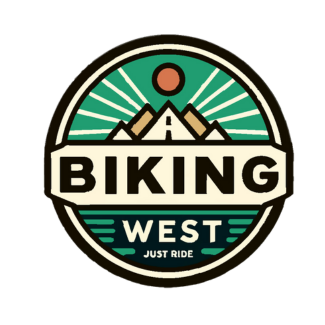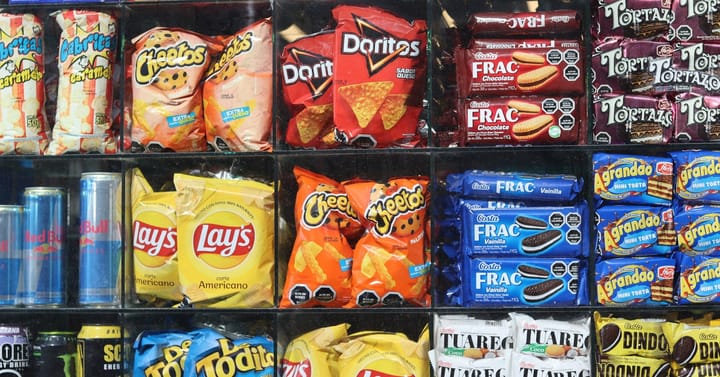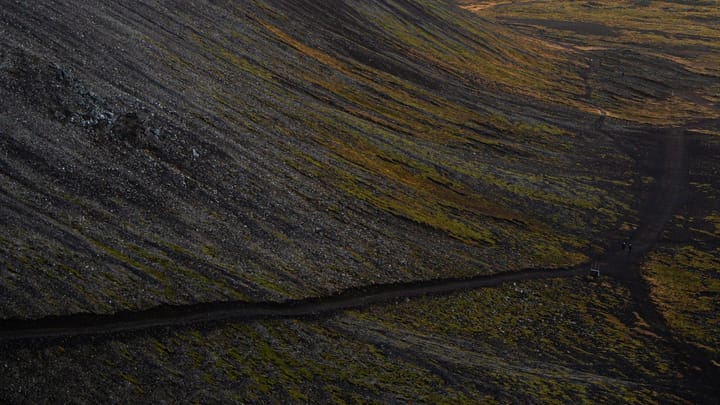Tour de France vs. Bikepacking

Tour de France vs. Bikepacking and the Tour Divide: A Battle of Endurance, Freedom, and Spirit
When most people hear “cycling,” the Tour de France instantly comes to mind. It's the pinnacle of professional road racing—an international spectacle of strategy, suffering, and supreme athleticism. But in the last decade, another style of riding has gained traction: bikepacking—a blend of adventure cycling and ultra-endurance racing, epitomized by events like the Tour Divide. Though these pursuits seem worlds apart, they’re actually two sides of the same coin.
In this post, we’ll explore how the Tour de France and bikepacking adventures like the Tour Divide stack up against each other. We’ll look at the athletes, the physical and mental demands, the gear, and the spirit that drives them forward. Along the way, we’ll shine a spotlight on Lachlan Morton, the pro cyclist who has blurred the line between these worlds in the most spectacular way. Seriously, this guy is incredible.
What Is the Tour de France?
The Tour de France is the world's most famous road cycling race. First held in 1903, it’s a grueling 21-stage event that spans roughly 3,500 km(that's 2100 miles for those of us in the good 'ol US of A) across France and neighboring countries. Teams of elite riders battle it out over mountain passes(with crowds lining the roads screaming Allez Allez!), time trials, and flat stages at blistering speeds.
It's a race built on precision, teamwork, and marginal gains. Every watt counts. Every gram matters. And every second is chased down with ruthless focus.
What Is Bikepacking?
Bikepacking is the lovechild of backpacking and cycling. Instead of hotels and support crews, riders carry their gear in bags attached to their bike frames or with a rack and pannier setup. It's about self-reliance, exploration, and moving through remote landscapes on two wheels.
Think of it as ultra-endurance off-road touring—riders often tackle hundreds or thousands of miles with minimal support, sleeping under the stars and eating gas station burritos. Yum.

The Tour Divide: Bikepacking’s Tour de France
The Tour Divide is the premier ultra-endurance bikepacking race in North America. Running from Banff, Alberta to Antelope Wells, New Mexico, this self-supported event follows the Great Divide Mountain Bike Route—a 2,700+ mile journey through some of the most rugged and remote terrain on the continent. Talk about remote.
There are no teams. No soigneurs(that's french for fancy masseuse). No team cars handing out bottles. Just you, your bike, and a very long dirt road. Oh, and probably a head wind.
Similarities Between the Tour de France, Bikepacking, and the Tour Divide
Despite the vast differences in presentation, these disciplines share more than you might expect:
1. Endurance is Everything
Whether you’re riding the Col du Galibier or crossing the Wyoming Basin, the engine behind the ride is endurance. Riders in both the Tour de France and Tour Divide spend 6–12 hours per day in the saddle for weeks at a time. Fatigue builds. Sleep becomes precious. Recovery is fleeting. Only the strongest survive. We happen to think riding steep gravel passes with a fully loaded bike is harder than climbing on a lightweight road bike with nothing but a water bottle, but hey, who are we to judge.
2. Mental Fortitude
Professional racers deal with team tactics, media scrutiny, and the stress of high-stakes competition. Bikepackers battle solitude, navigation errors, weather swings, and sleep deprivation. Both require a deep mental toolbox—resilience, focus, and the ability to suffer with purpose.
3. Climbing, and Lots of It
Both routes are defined by epic climbs. The Tour de France has the Pyrenees and Alps. The Tour Divide offers the Rocky Mountains and constant elevation swings. Riders in both events must be masters of pacing and power-to-weight optimization.
4. Weight Matters
Tour racers trim their bikes and bodies down to the last gram for speed. Bikepackers obsess over ultralight setups for efficiency over thousands of miles. In both cases, weight equals energy spent.
5. Strategy and Planning
Tour riders rely on team tactics, drafting, and stage strategies. Bikepackers plan food resupplies, water stops, shelter, and routing. In both cases, preparation is half the battle.
6. Global Appeal
The Tour de France is broadcast in over 190 countries. Bikepacking’s grassroots charm has gone global, with riders from all walks of life drawn to the purity and challenge of self-supported adventure.
The Lachlan Morton Effect: Blurring the Lines
No one personifies the intersection of racing and bikepacking better than Lachlan Morton.
A pro rider for EF Education–EasyPost, Morton has made headlines for doing things his own way. In 2021, he rode his own “Alt Tour de France”—covering the entire route and transfers (over 5,500 km), fully self-supported, and beating the peloton to Paris. Haven't seen it? Here ya go...
Meet Lachlan Morton - a true pioneer in cycling history
In 2024, Morton tackled the Tour Divide route solo, raising funds for global relief efforts. He covered the 2,700+ miles in under 13 days, averaging more than 200 miles per day with minimal sleep. He carried his own gear, fixed his own flats, and kept moving through storms and scorching desert heat.
As Morton puts it in his EF Pro Cycling journal, “Bike racing taught me how to ride fast. Bikepacking taught me why I want to keep riding.”
He’s shown that the boundary between elite racing and grassroots endurance is thinner than we thought. Riders can pursue speed and soul.
Read more about Lachlan Morton’s Tour Divide adventure here.
Gear: Lycra vs. Layers
Tour de France riders ride ultra-light carbon road bikes weighing just over the UCI minimum of 6.8kg, wearing aerodynamic kits designed to slice through air.
Tour Divide riders use rugged steel or titanium gravel and MTB frames, though the fastest riders of the bunch are usually riding carbon frames and wheels. They wear merino wool, carry waterproof layers, and haul gear like sleeping bags, cooking stoves, and GPS devices. Comfort, durability, and function come first.
But don’t be fooled—both categories obsess over performance and gear tech. Just in different ways.
Community and Culture
The Tour de France is a polished, corporate machine. It’s a mix of national pride, historical prestige, and media spectacle. It certainly is a media spectacle.
Bikepacking and Tour Divide racing are community-driven. Dot-watchers follow GPS trackers. Forums buzz with resupply tips and finish-line photos. There’s no yellow jersey, just mutual respect and a shared passion for the journey. Oh, and there is no prize money at the end. No podium girls (which is an antiquated notion at this point). No fuzzy teddy bears.

Final Thoughts: Two Roads, One Passion
In the end, whether you're chasing KOMs in the Alps or dodging thunderstorms in Montana, the essence of cycling remains the same: movement, challenge, and joy.
The Tour de France shows us the heights of human performance when supported by the best teams in the world. The Tour Divide and bikepacking show us what’s possible when we rely only on ourselves.
And riders like Lachlan Morton remind us that you don’t have to choose one over the other. You can ride fast and ride free. Compete and explore. Suffer and smile.
That’s the magic of cycling.




Comments ()